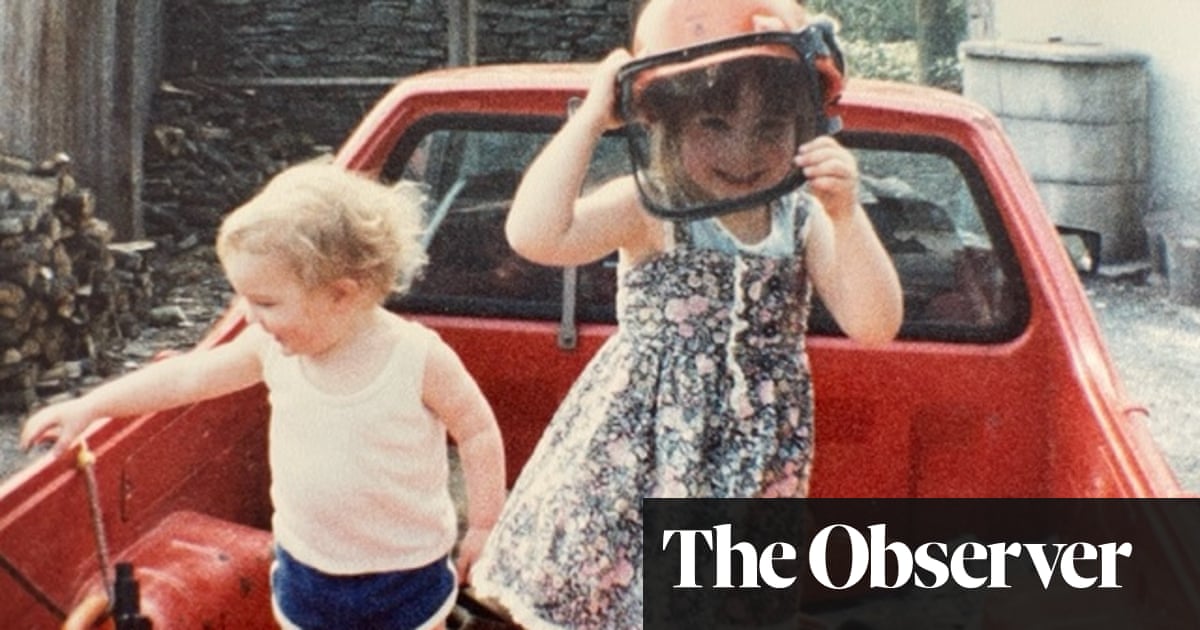
John Richardson opens the final (fourth) volume of his magisterial biography of Pablo Picasso with the artist in more than usual disarray. The year is 1933 and, while his celebrity and his wealth are unassailable, Picasso’s marriage to the Russian ballerina Olga Khokhlova has entered its bitter endgame. Meanwhile, his relationship with maîtresse-en-titre Marie-Thérèse Walter, tucked away in the country, is beginning to pall even before it has properly hit its stride. Waiting in the wings is Dora Maar, the surrealist photographer who will dominate Picasso’s life, mostly painfully, for the next eight years.
Richardson shows himself as deft as ever at making connections between Picasso’s tumultuous private life and his art. The increasingly despised Olga appears in a series of nightmare images – as a hideously toothy horse, as a wonky ballerina straining to hold her arms above her head and, worst of all, as a disappointed bride whose veil is slipping off the end of her nose. Earth mother Marie-Thérèse, meanwhile, is transposed into what Richardson describes as “a kinky cluster of boxed vaginas, beehive breasts, and turdlike fingers”. Then there is glamorous Dora, depicted famously in The Weeping Woman with a green face, stringy hair and sausage fingers. As Richardson pithily puts it: “Picasso Picassified people.”
It wasn’t only women who were fighting over Picasso. The surrealists, that group of Paris-based painters and writers who reached deep into the newly fashionable unconscious for inspiration, were eager to claim the most famous artist of the day for themselves. The figurative but distorted forms that Picasso was producing resonated powerfully with the dreamscapes that paid-up surrealists such as Salvador Dalí and André Breton were producing. While Picasso was not generally a joiner, he agreed to design the cover for the first issue of Minotaure, the influential magazine of the movement that was launched in 1933.
The mythical figure of the minotaur – part-man, part-bull – functioned more personally as an alter ego for Picasso, representing all his lasciviousness, guilt and despair. His identification emerged out of a renewed relationship with his native Spain and its cult of the bullfight. With Franco in power, and the country at war with itself, it no longer felt possible for Picasso to maintain his previous position of studied political neutrality. In 1937 he embarked on Guernica, the massive painting that dramatised the apocalyptic destruction of a Basque village by the Nazi Luftwaffe. The tangle of mangled limbs, weeping women and dead children remains the single most powerful anti-war painting ever produced, and cemented Picasso’s status as the greatest artist of the 20th century.
What has always made Richardson’s biographical work on Picasso so alive is the fact of his personal friendship with the artist. It is thrilling to read a narrative in which scholarly prose is regularly interrupted with the phrase “Picasso once told me … ” followed by an entirely fresh anecdote. Richardson died in 2019 at the age of 95 before finishing this book, and there are signs in the later chapters, completed by his research associates, of a slackening of pace. How lucky we are, though, that Richardson lived long enough to get this far, even if he departed leaving Picasso with three decades of life and art yet to live.












